The
Sturer Emil was an experimental vehicle combining the lengthened
chassis of the VK.30.01(H) with the 12,8cm PaK 40 L/61 (which reputedly
was more powerful than the gun of the same calibre in the later
Jagdtiger). i
Only two vehicles were built and the type went through many different
names in its relatively short career (Sturer Emil, actually not
being one of them). The first pictures of the vehicles were taken
in March 1942. Both later served with s.Pz.J.Abt.521 (together with
the single Dicker Max) on the Eastern Front starting from June 1942
and were called "Max" and "Moritz" by their crews. s.PZ.Abt.521
wasc ompletely destroyed in Janyary 1943.
Continuing
on previous research
by Bjorn Tingstadengen [1], Tank
Archives [2] and himself, [3] Timothy Lau teaches us how to tell both
apart.
(Note that the article
previously posted on Missing Lynx, shows the pictures in chronological
order, while they are ordered per characteristic identification
feature in this article.)
Introduction
There were 2 vehicles of this machine built.
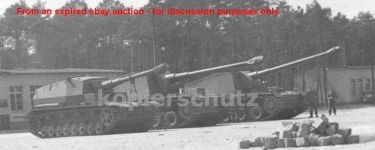 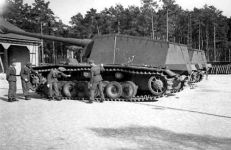
(Pictures taken before shipping out from
Germany)
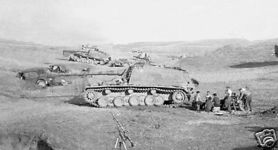
(Picture taken while serving on the Eastern
Front)
Vehicle 1 Recognition Features
The
first vehicle had a kink in the fender, right at the beginning
before it was shipped out of Germany.
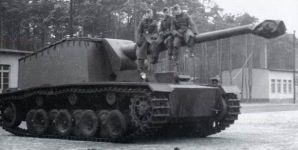
(Picture taken before shipping out from Germany)
The
kink was there even after its capture by the Soviets and was on
display.
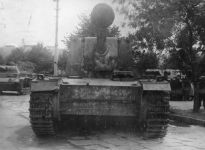
(Picture
taken after capture)
The machine currently lives in Kubinka, with a front mudguard
fashioned by the Russians.
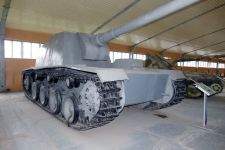
(Picture taken at Kubinka)
This same machine had a smoke grenade box.
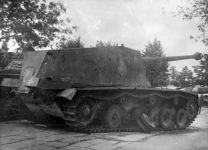
(Picture taken after capture)
The Soviets removed it after display.
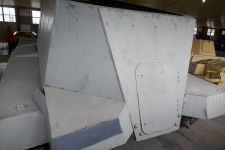
(Picture taken at Kubinka)
The machine had a vertical jack holder on the rear, starboard
side.
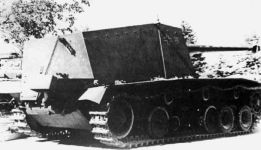
(Picture taken after capture)
The Soviets removed it now, but traces of it remain.
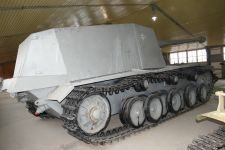
(Picture taken at Kubinka)
It
might be that the vehicle also carried a jack holder on the port
side of the fighting compartment (symmetrical to the starboard
side) as some traces of something being attached there remain.
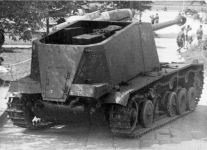 
(Pictures taken after capture)
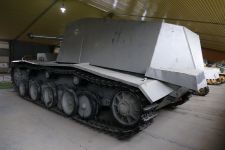
(Picture taken at Kubinka)
For most of the life of this machine, it had a damaged Balkenkreuz
on the starboard side.
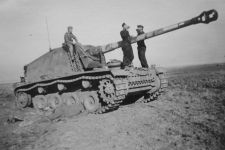 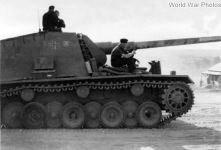
(Pictures taken while serving on the Eastern
Front)
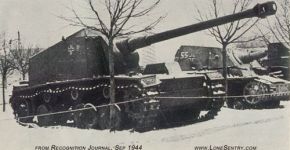
(Picture taken after capture)
No
such deficiency now, of course.
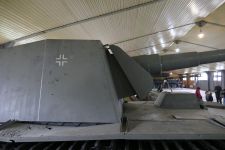
(Picture taken at Kubinka)
As pointed out by Tank
Archives, at some point, Vehicle 1 had braces for cable holders.
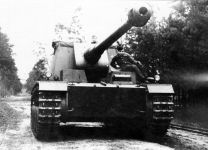
(Picture taken before shipping out from Germany)
The vehicle now only has traces of cable holders.
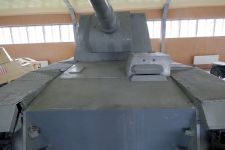
(Picture taken at Kubinka)
It is not clear who removed the feature. Traces of the cable holders
remained when it was displayed by the Soviets, but most of them
were gone. It would be odd if the Soviets removed those features
while preserving most of the others.
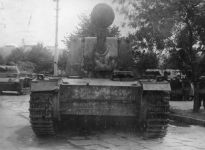
(Picture taken after capture)
A wheel was pictured sitting on where the holders were
at capture.
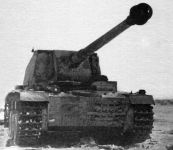
(Picture taken after capture)
Note how the cleaning rods sit.
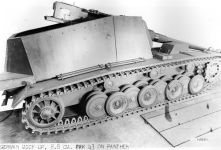
(Picture taken before shipping out from Germany)
The crew placed boxes on top of the cleaning rods. The
crew had braces for holding the box there.
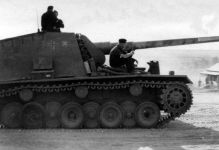 
(Picture taken while serving on the Eastern
Front)
The braces of the rods and the box were still there while the
vehicle was on display.
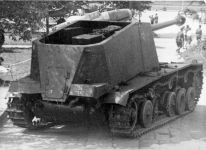
(Picture taken after capture)
Nothing there now, but traces of the box holder remain.
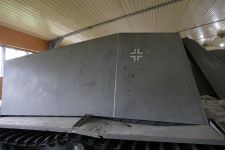
(Picture taken at Kubinka)
Other Photos of Vehicle 1
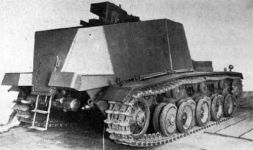 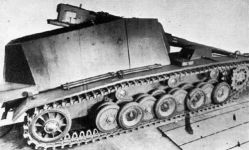 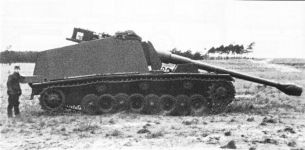
 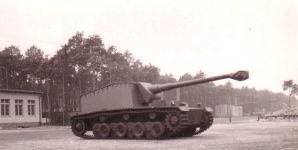
(Pictures taken before shipping out from Germany)
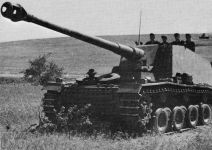 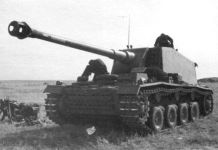 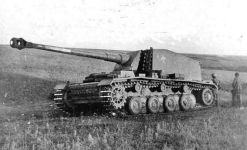
(Pictures taken while serving on the Eastern
Front)
 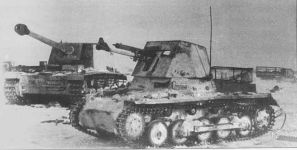
  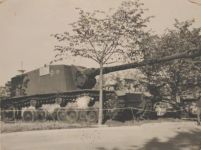
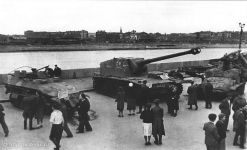 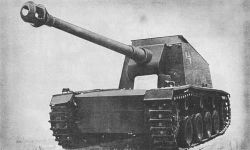
(Pictures taken after capture)
More
markings were added by the Soviets.
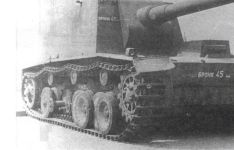 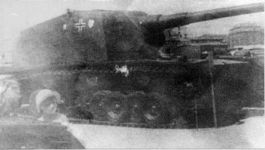
(Pictures taken after capture)
Pictures
of the vehicle at Kubinka today can be found here. Note that the vehicle lost most of its details
and that some of the wheels are not original.
Vehicle 2 Recognition Features
Vehicle 2 did not have the kink on the fender.
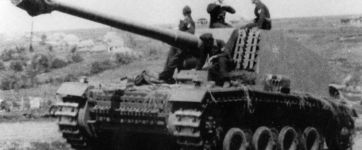 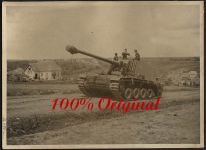
(Picture taken while serving on the Eastern
Front)
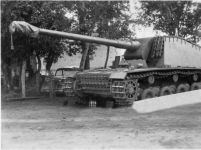 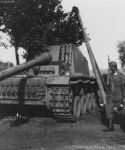 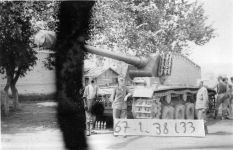
(Picture taken after capture)
I
believe the forward box is a identifying feature of vehicle 2.
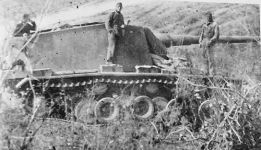
(Picture taken while serving on the Eastern
Front)
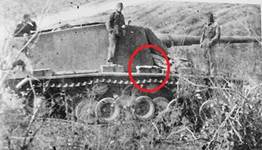 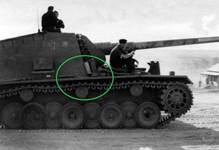
Vehicle 2 on the left, vehicle 1 on the right.
Other Photos of Vehicle 2
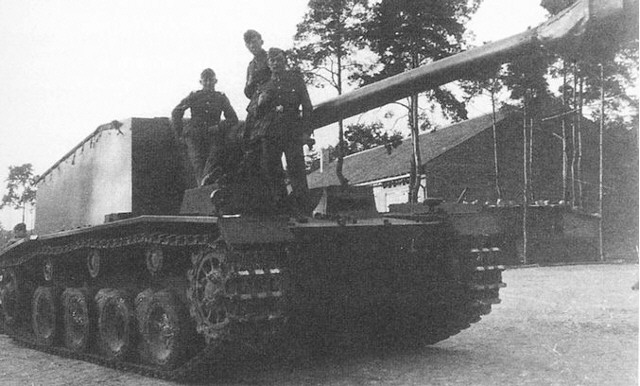 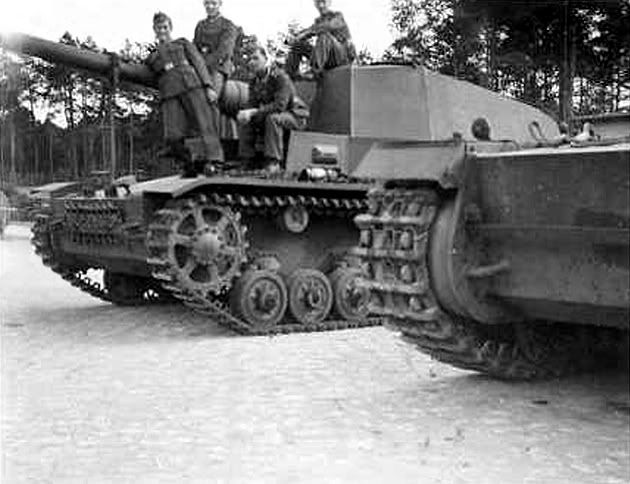
(Pictures taken before shipping out from Germany)
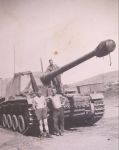
(Picture taken while serving on the Eastern
Front)
Other
Photos that might be of Vehicle 2
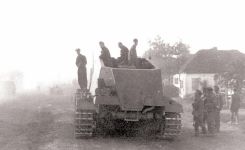 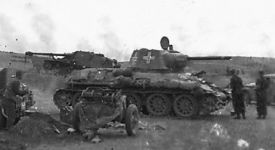 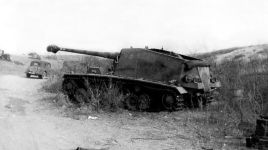
(Pictures taken while serving on the Eastern
Front)
Naming
and other features that might identify the vehicles
I
don't think anyone really knows which one was called Moritz and
which one was called Max by their crews. Moritz was allegedly
the one with 22 marks when captured. But there weren't 22 marks
on the first vehicle when captured. It is most likely, but not
entiely certain, that vehicle 2 in this study was the one called
"Moritz", while vehicle 1 was "Max".
This means that the following picture might be vehicle 2 "Moritz".
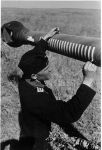
(Picture taken while serving on the Eastern
Front)
After
studying these vehicles for a long time, I agree with the key
insight provided by Tank Archives that kill marks were removed
by the Germans from the first vehicle for whatever reason. The
kill marks are not an identifying feature.
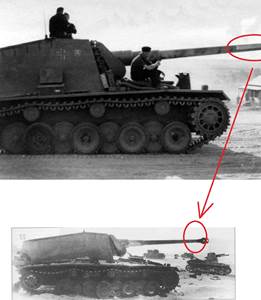
We
can see that spare tracks were also removed and therefore no longer
an identifying feature. The removal of kill marks appear contemporaneous
with the removal of spare tracks.
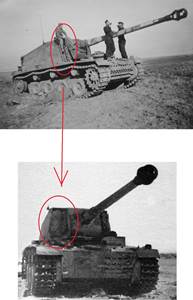
The
placement of the Balkenkreuze has sometimes been used (even by
me) as an identifying feature, but I have lost confidence in this,
due to possible repainting of the vehicles.
Note
that the fake driver's compartment (on the right) was only carried
while the vehicle was still in Germany and that spare tracks were
only added once the vehicles were on the Eastern front.
Colors
Contrary
to popular belief, I think that the vehicles were painted in RAL
8020/7027, not in uniform Panzer Grey.
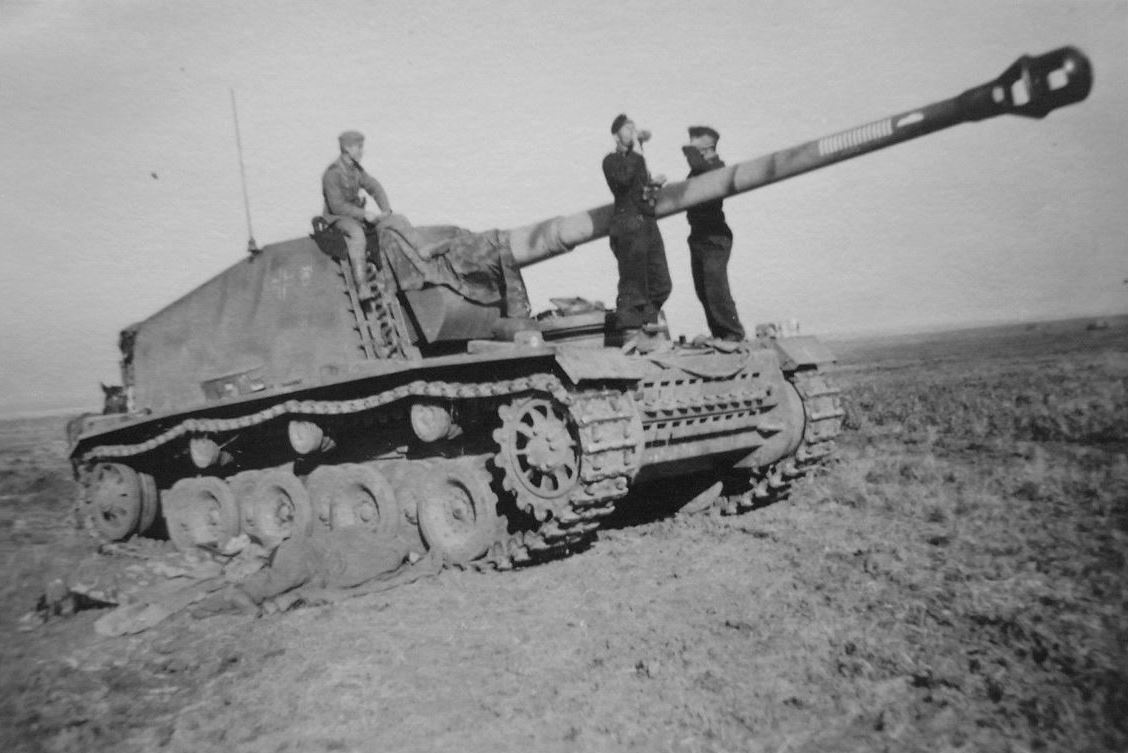 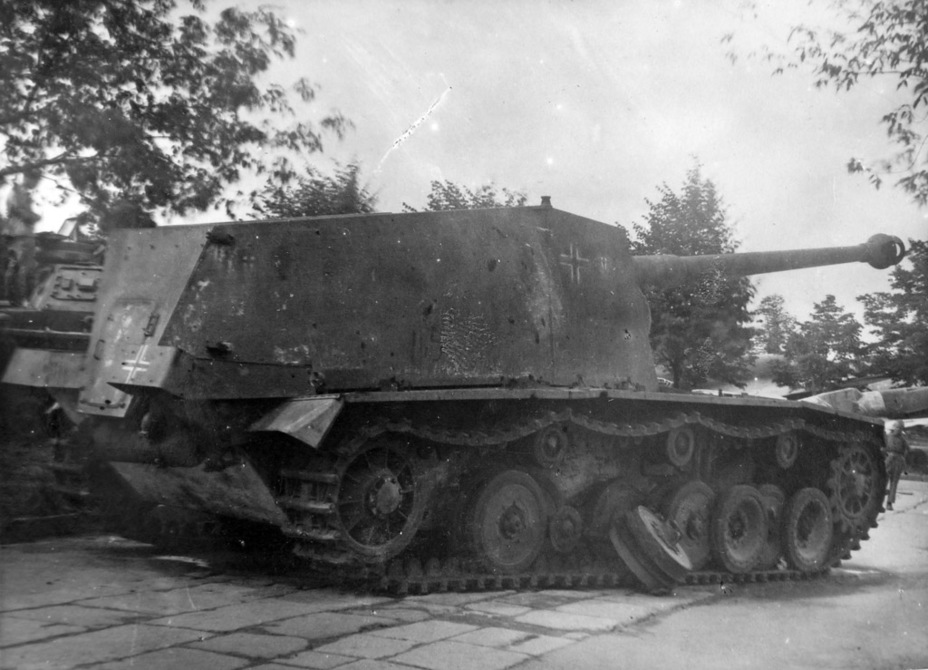
Sometime
after 2013, the Russians removed some of the grey paint applied
post-War, and the original unit insignia is now faintly visible
(circled in red). As can be seen in the picture, some yellowish
paint (orange arrows) is visible as well.
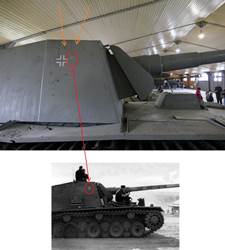
References
[1]
http://www.track-link.com/reviews/1458
[2]
https://warspot.ru/9530-unikalnyy-emil
[3]
http://tankarchives.blogspot.com/2018/03/sturer-emil-collectors-item-from.html
[4]
https://www.tapatalk.com/groups/missinglynx/viewtopic.php?f=47207&t=57027&p=1472481&hilit=summary+of+conclusions#p1472481
[5]
Un duo de choc, Trucks'n Tanks
n°21, Sep/Oct 2010.
|